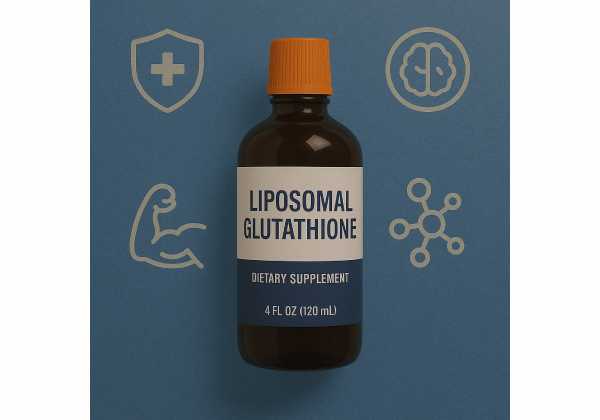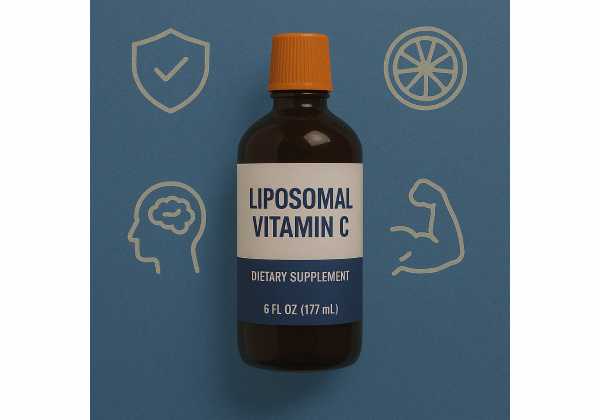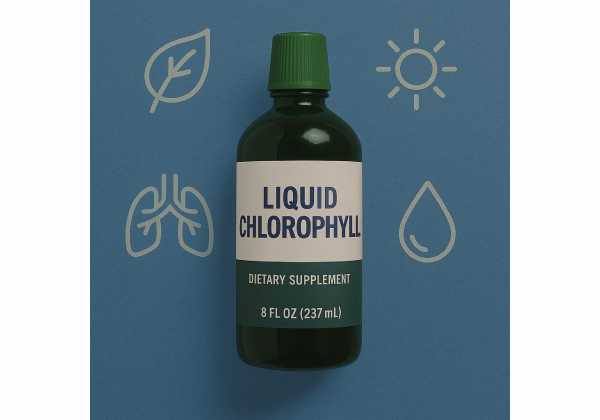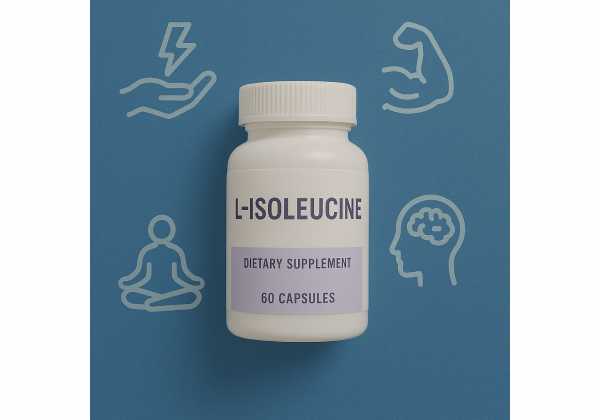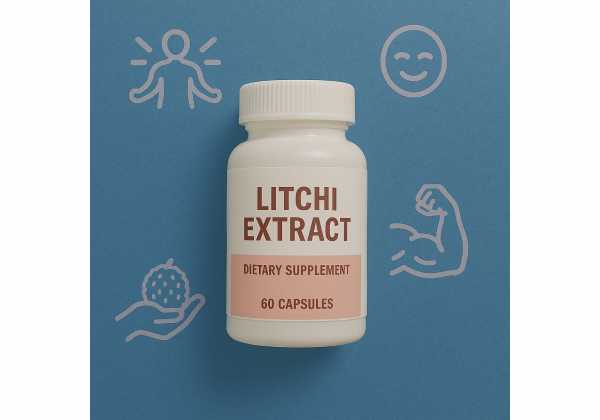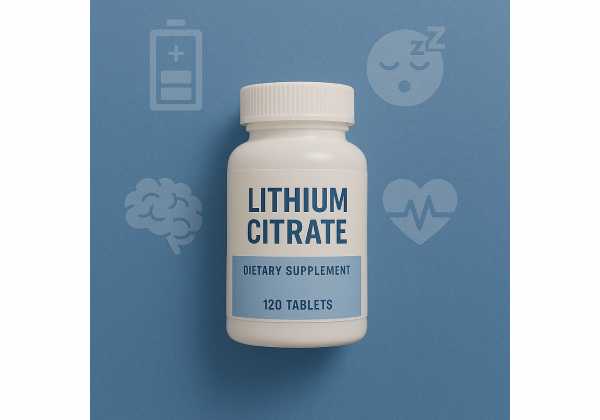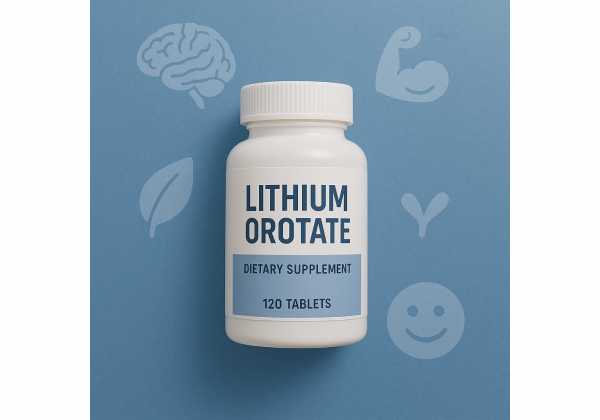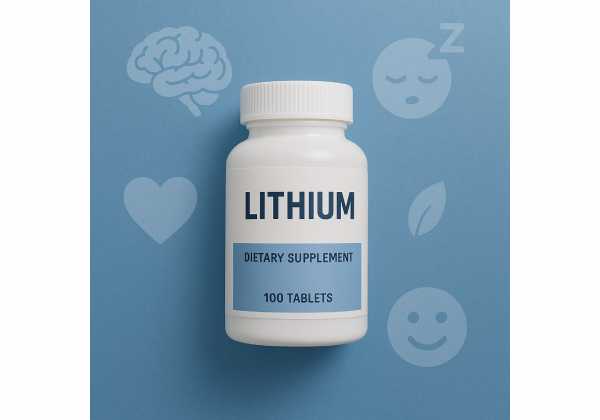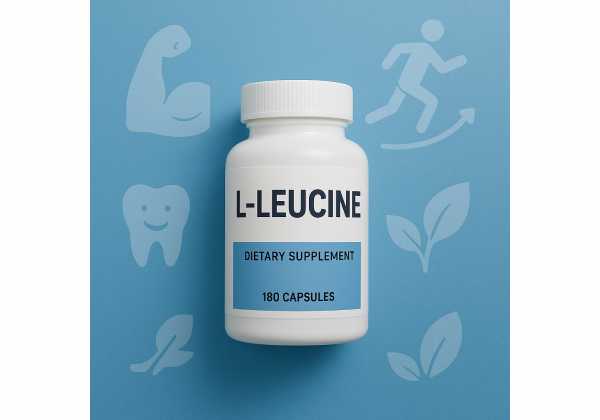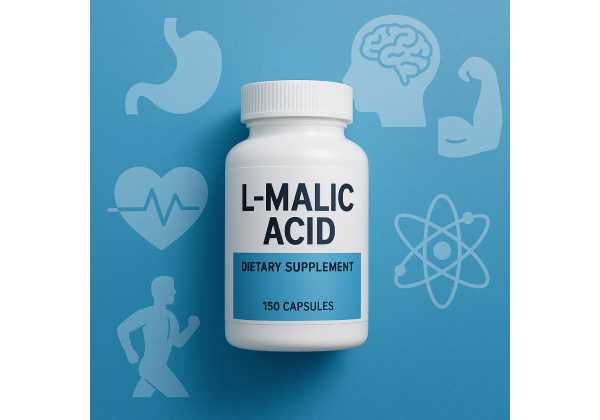Lipase: Digestive Enzyme Benefits, PERT Guidelines, Meal Timing, and Risks
Lipase is the fat-digesting workhorse of your digestive system. Produced mainly by the pancreas and secreted into the small intestine, lipase breaks dietary triglycerides into absorbable fatty acids and monoglycerides. When your pancreas under-delivers—as in exocrine pancreatic insufficiency (EPI) from chronic pancreatitis, cystic fibrosis, pancreatic surgery, or certain cancers—fat goes undigested, leading to bloating, cramping, greasy stools, weight loss,...
Liposomal Glutathione: Science-Backed Benefits for Immune and Redox Health, Dosage, and Risks
Glutathione (GSH) is the body’s primary intracellular antioxidant. It helps neutralize reactive oxygen species, recycles vitamins C and E, supports detoxification in the liver, and influences immune balance. Yet native oral glutathione is degraded by digestive enzymes before much reaches the bloodstream. Liposomal glutathione packages GSH inside microscopic phospholipid spheres (liposomes) that protect it through the stomach and merge...
Liposomal Vitamin C: Immune Support, Collagen Health, Dosage Ranges, and Safety Warnings
Vitamin C is essential for energy metabolism, collagen formation, antioxidant defense, and immune function. Yet the nutrient is water-soluble and tightly regulated in the body, which limits how much your tissues can use from a single dose. Liposomal vitamin C was designed to solve part of that problem: it packages ascorbic acid inside microscopic lipid vesicles (liposomes) that help...
Liquid chlorophyll: What It Is, Real Benefits and Limits, Dosage Guidelines, and Side Effects
Liquid chlorophyll has become a breakout wellness trend, yet most bottles on shelves do not contain raw plant chlorophyll. They contain chlorophyllin—a water-soluble, semi-synthetic derivative (often a sodium copper chlorophyllin complex) formulated to dissolve in water and resist rapid breakdown. Liquid chlorophyll (chlorophyllin) is promoted for skin clarity, body-odor control, digestive comfort, detox support, and more. Some of those...
Liquiritin: Skin Brightening and Antioxidant Properties, Practical Uses, Dosage Guidelines, and Side Effects
Liquiritin is a flavonoid glycoside found in licorice roots (mainly Glycyrrhiza uralensis and Glycyrrhiza glabra). Unlike glycyrrhizin—the compound in licorice most associated with blood-pressure and potassium issues—liquiritin is a polyphenol known for antioxidant, anti-inflammatory, and skin-calming activity in preclinical studies. Interest in liquiritin has grown for two practical reasons: topical use for uneven skin tone (particularly melasma) and oral...
L-Isoleucine: Muscle Energy and Glucose Support, Practical Uses, Dosage Guidelines, and Side Effects
L-isoleucine is one of the three branched-chain amino acids (BCAAs), alongside leucine and valine. It is an essential nutrient: your body cannot make it, so you must get it from food or supplements. Inside muscle, isoleucine supports energy production during effort, helps maintain blood glucose by promoting uptake and use of glucose, and contributes to recovery after hard sessions....
Litchi Extract: Proven Benefits for Exercise, Skin, and Metabolism and How to Take It Safely
Litchi extract is a concentrated preparation made from the fruit, peel, or seed of Litchi chinensis. It is prized for polyphenols—especially procyanidins and catechins—that act as antioxidants and may influence metabolism, skin microcirculation, and exercise recovery. In supplements you will most often see low–molecular-weight lychee polyphenols (sometimes marketed as “oligomerized lychee fruit extract” or branded forms like Oligonol), which...
Lithium aspartate: Mood Support Claims, Effective Dosages, and Risks Explained
Lithium aspartate is a dietary supplement that combines lithium—a naturally occurring alkali metal—with the amino acid aspartic acid. It is marketed for mood support, stress resilience, and cognitive health at doses far lower than prescription lithium used for bipolar disorder. Because lithium has a narrow safety margin in medical use, any over-the-counter form deserves careful scrutiny. This guide explains...
Lithium Carbonate: Proven Benefits for Bipolar Disorder, Dosing Guidelines, Monitoring, and Side Effects
Lithium carbonate has been a mainstay mood stabilizer for more than half a century. When used well, it reduces the frequency and intensity of manic and depressive episodes in bipolar disorder, lowers relapse risk after stabilization, and—according to several analyses—appears to reduce suicidal behavior. It is an elemental salt, not a sedative or typical antidepressant, and its benefits hinge...
Lithium citrate: Bipolar Treatment Benefits, How It Works, Monitoring, and Side Effects
Lithium citrate is a prescription form of lithium—an elemental mineral used for decades as a mood stabilizer. While the compound itself is simple, its effects are wide-reaching: it can reduce manic symptoms, smooth mood swings over the long term, and, when appropriately monitored, may lower the risk of relapse in bipolar spectrum disorders. Lithium citrate is also available as...
Lithium gluconate: Skin benefits, mechanism of action, recommended dosage, and precautions
Lithium gluconate is a topical dermatology ingredient best known for calming the redness, flaking, and itching of facial seborrheic dermatitis (SD). Unlike prescription oral lithium used for mood disorders, this form is applied to skin—most often as an 8% gel—and acts locally. Research suggests it helps by reducing Malassezia yeast activity, normalizing overactive skin signaling (including inositol pathways), and...
Lithium orotate: Low-Dose Uses for Stress and Sleep, Evidence Summary, Dosage, and Risks
Lithium orotate is a non-prescription lithium salt promoted in micro-doses for mood steadiness, stress resilience, and cognitive support. Unlike prescription lithium carbonate used for bipolar disorder, over-the-counter lithium orotate typically contains only a few milligrams of elemental lithium per serving. That difference shapes both expectations and safety: potential subtle benefits at low doses, but also the need for care...
Lithium: Mechanisms, Proven Psychiatric Uses, Low-Dose Insights, Dosing Ranges, and Risks
Lithium is a naturally occurring mineral and a long-standing prescription therapy for bipolar disorder. At clinical doses, it stabilizes mood and can prevent manic relapses; at very low “nutritional” intakes, it appears in drinking water and food and is being studied for potential effects on aging and cognition. Because lithium has a narrow safety window, good outcomes depend on...
L-Leucine: Science of mTOR Activation, Per-Meal Thresholds, Practical Dosage, and Risks
L-Leucine is the lead “trigger” amino acid for muscle protein synthesis. As one of the three branched-chain amino acids (with isoleucine and valine), leucine does more than build tissue—it signals cells to switch on mTORC1, the pathway that drives new muscle protein. That makes leucine central to training adaptations, healthy aging, and recovery from injury or illness. It also...
L-Malic Acid: Cellular Energy Benefits, Best Uses, Optimal Dosage, and Safety
L-malic acid is a naturally occurring organic acid your cells use all day long to make energy. As a core intermediate in the tricarboxylic acid (TCA) or Krebs cycle, malate helps shuttle electrons, recycle NADH, and keep ATP production moving. In foods, it’s the compound that gives apples and many fruits their bright tartness; in products, it appears as...
L-Methionine: Methylation, Glutathione Support, Practical Dosages, and Side Effects
L-methionine is an essential sulfur-containing amino acid—your body cannot make it, so you must get it from food or supplements. More than a building block for protein, methionine is the first step in your cells’ primary methylation pathway. It converts to S-adenosylmethionine (SAM), the universal methyl donor that regulates DNA and histone methylation, neurotransmitter synthesis, phospholipid remodeling, and detoxification....


